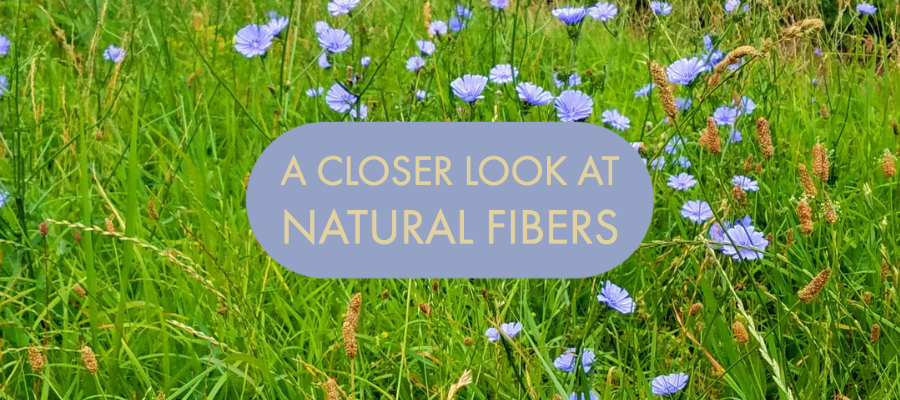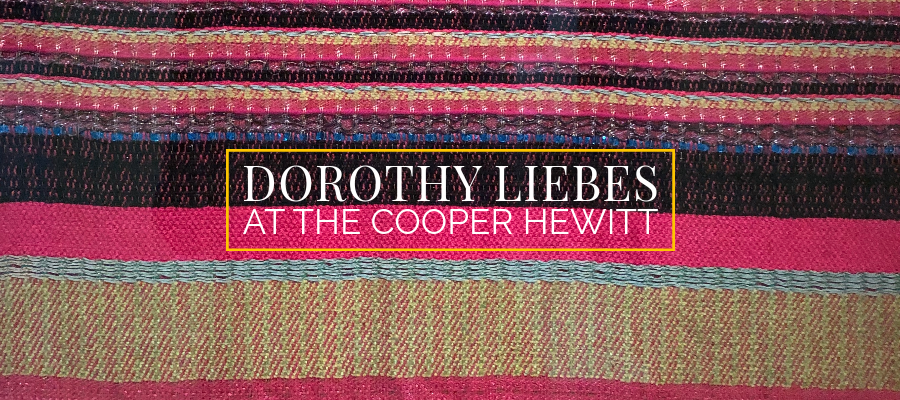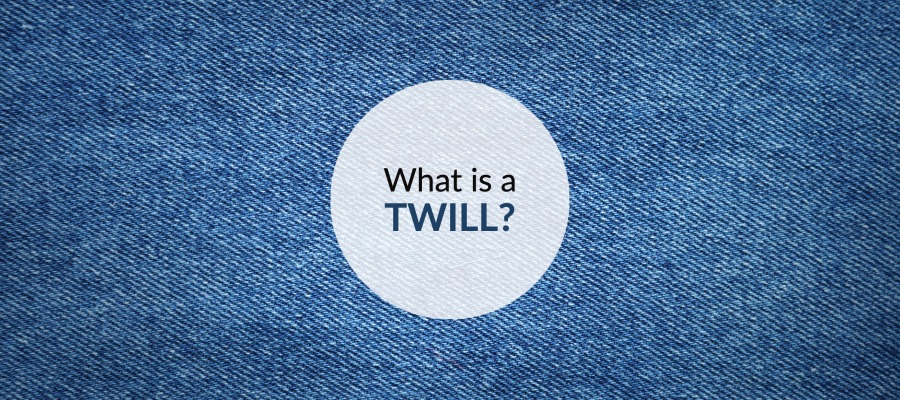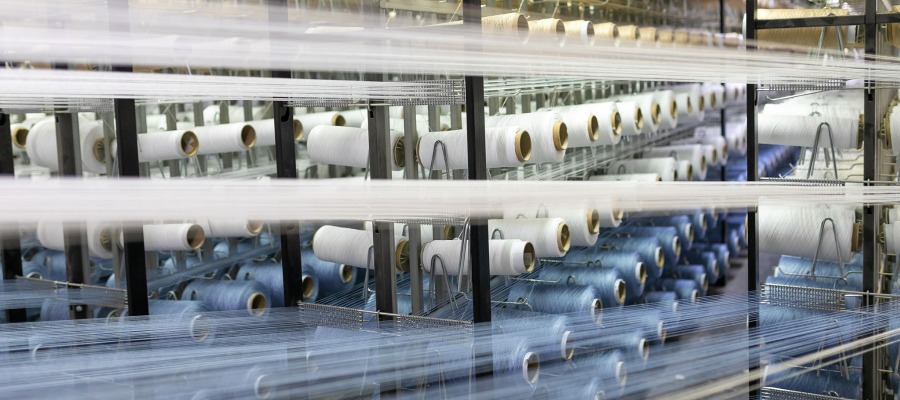
A Closer Look at Natural Fibers & Materials
Picking the right material to use for digital printing is an important one. If you’re working with print-on-demand companies or thinking about customizing materials for your next project, you know there are a lot of options out there. That’s the fun of customizing! Still, it’s a lot to take in if you’re new to materials and not comfortable with the lingo yet. What type of material do you want to print on? Can you print on natural fibers? If so, which should you choose? Learning about different materials is a bit like peeling an onion. Just when you start to research one topic, you have a question about another.
To try and make your life easier, we’re planning a series of posts to help answer all your questions about materials and textile design. To kick things off, we’re going to start at the very beginning with fibers. There are many different fibers in the marketplace, not to mention all the trademarked names for basically the same fiber! To try and simplify things, we’re going to cover natural fibers first and talk about synthetic fibers later. A person could spend a lifetime learning about any one of these fibers, so we’ll try to keep it short and simple. We want to give you the basic info you need to make the best choice when picking a fabric for your next digital printing project.
Before we get started about specific fibers, here are a few basic fiber terms you need to know.
Natural fibers come in 3 basic categories which refer to their structural makeup at the most basic level. We won’t go deep into the science, but it’s important to understand what these categories mean as it often dictates how a fiber is dyed and some of its basic properties.
- Protein fibers come from animals and consist of protein molecules strung together.
- Cellulose fibers come from plants and are cellular in composition.
- Bast fibers come from the phloem, or bast, surrounding the stem of certain types of plants. They lend structure and support to the stem.
Fibers are classified as either a staple fiber or a filament fiber.
- Staple fiber is one that is short in length. Depending on the fiber, this length can be anywhere from less than an inch to over three inches. Staple fibers are arranged parallel to each other prior to spinning into yarn. In general, the longer the staple length, the higher the quality of that fiber and yarn.
- Filament fiber is one that is one long continuous length. Filaments are more common in synthetic fibers but also exist in the natural world. When spun together, filaments can make very luxurious yarn.
Here are the 5 most common natural fibers in commercial textile production.
Silk
Silk is a continuous protein filament. It is the only natural fiber in filament form. The most common type of silk is from the bombyx mori silkworm. After eating mulberry leaves, the silkworm (technically a caterpillar, not a worm) makes a cocoon by emitting 2 filaments through its silk ducts. Before the worm emerges as a moth, the cocoon is put in boiling water to kill the moth and unreel the silk from the cocoon. The production of silk, known as sericulture, was first developed in China and for over 3000 years was a well-guarded secret. Highly prized for its luster, soft hand, and high tensile strength, silk takes dye beautifully, yielding rich and luxurious fabrics.
Wool
Wool is another protein fiber and comes from a sheep’s fleece. Chemically, wool consists of the same types of proteins and amino acids that form human hair. A staple fiber, the quality of the fiber varies widely depending on the breed of the sheep (of which there are hundreds). Fleece is classified according to the size of their staple length and their micron count, or diameter of the fiber. Wool is covered with an oil known as lanolin, most of which is removed prior to spinning into yarn. The properties of wool can vary widely depending on the breed of sheep but are best known for their insulating properties, which make them great at keeping people warm. Humans have been domesticating sheep for hundreds of years and using their fleece for everything from harnessing the wind in the first Viking sails to keeping us warm in extreme temperatures.
Cotton
Cotton is a cellulose fiber deriving from the cotton plant. The cotton fiber is located inside the seed pod of the cotton plant. Worldwide, cotton is the most widely cultivated natural fiber. Cotton has staple fibers that vary in length from less than 1″ to more than 2″. The longer the staple length, the higher in value. Cotton is an incredibly versatile fiber. Cotton is in nearly all aspects of our lives and plays a major role in the trade history of the world. It is soft, absorbent and cooling, making it perfect for warm weather garments and textiles used close to the skin.
Linen
Linen is a bast fiber and product of the flax plant. Going from plant to fiber is a laborious process involving many steps. Linen has a long staple length and can create a yarn with a beautiful natural luster. Linen fibers are very strong and have a rapid moisture rate. Slow to dirty, they do not have problems with pilling. Linen’s low elasticity makes it stiff and easy to wrinkle but softens with wear and time. Linen was highly important in Egyptian culture and is some of the oldest surviving textiles. In production, linen is ideal for warm weather clothes, as well as tablecloths, runners and napkins.
Hemp
Hemp is also a bast fiber from the cannabis sativa plant and produces staple fibers. Incredibly strong with low weight, hemp makes for excellent ropes and cordage. Its production is similar to that of linen and also starts out stiff by softens with time and wear. Though strong, its shorter staple length can make hemp scratchy next to the skin. Hemp has a high absorption rate and is naturally resistant to mold.
But wait, there’s one more category of fibers besides natural and synthetic.
Wondering why we didn’t include rayon or bamboo? Those are technically not natural fibers. Rather, they are manufactured from something natural, usually wood. Since these fibers are made in a lab and not found in nature, we talk about them with common synthetic fibers.
At Design Pool, we try to take the guesswork out of the print-on-demand and customization process by connecting you directly to printers whose work and product we know and respect. Still, it never hurts to know the basics. Have questions about natural fibers that we didn’t cover? Ask in the comments and we’ll be sure to answer them.
Share this post
Author
DESIGN/COLOR TRENDS AND AWESOME INFORMATION IN YOUR INBOX
Sign up for our monthly trend letter







